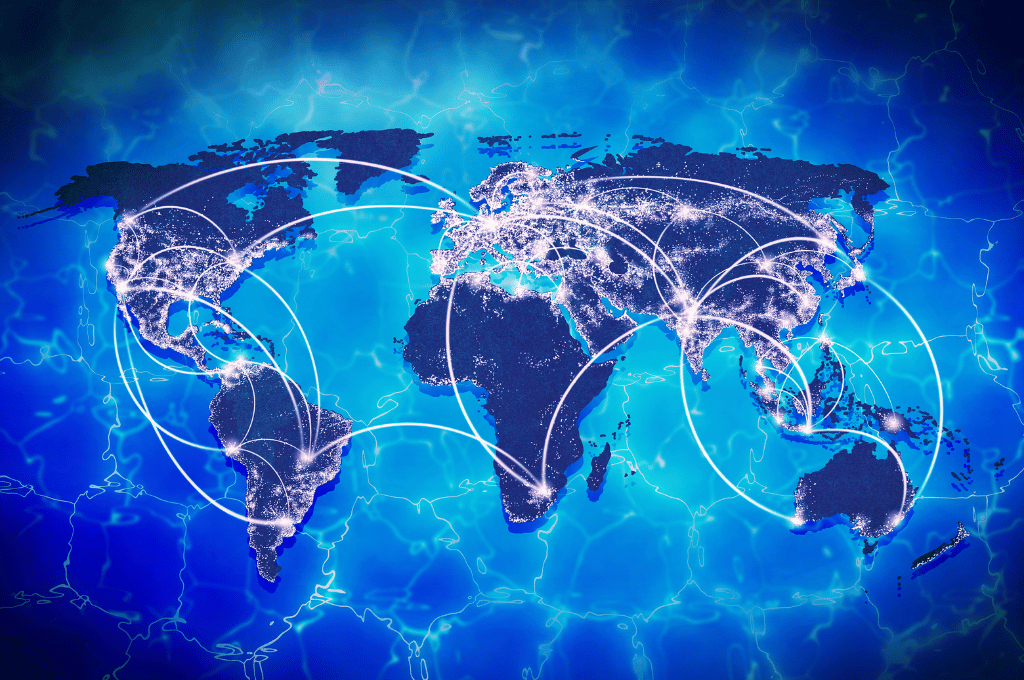Millions being spent to “skip the line” at Panama Canal
The trajectory of global trade and globalization from 2015 to 2023 has been closely monitored, focusing on policy choices and external events. Initially, despite widespread talks of protectionism and nationalism, evidence suggested that globalization was not retreating. Global trade saw a decline due to the 2008 financial crisis and the 2020 pandemic but rebounded strongly afterward. Policies such as American and Chinese tariffs seemed to reallocate rather than reduce global trade, and regional agreements among other nations continued to foster economic integration.
The landscape is undergoing changes due to various pressures. The first is the global backlash against trade, particularly noticeable in advanced economies where workers feel left behind. This sentiment has led to political consequences such as Brexit and the U.S.-China trade war.
The second pressure comes from the pandemic, which ignited debates about the “resilience” of supply chains. Despite short-term disruptions, evidence suggests that international trade actually increases resilience by diversifying supply options.
Third, geopolitical events, like Russia’s 2022 invasion of Ukraine, are causing nations to reassess their dependencies on single countries for critical resources. This has led to a shift in mindset from international cooperation to a zero-sum game, particularly noticeable in technology sectors. For instance, the U.S. has imposed export bans on critical technology to China, marking a competitive rather than cooperative global stance.
The future of globalization remains uncertain and is highly dependent on policy choices. Two potential paths are emerging: one involves limited interventions to restrict technology access, while the other could lead to a more fragmented world divided into rival camps. While the world has been highly interconnected, recent tensions and policy shifts are introducing uncertainties into the future of global trade. Only time will tell.









